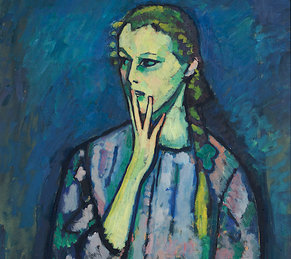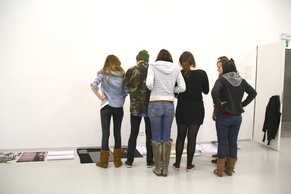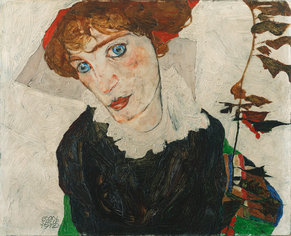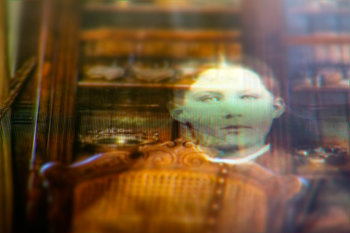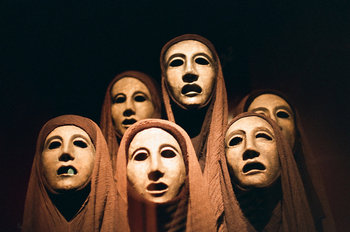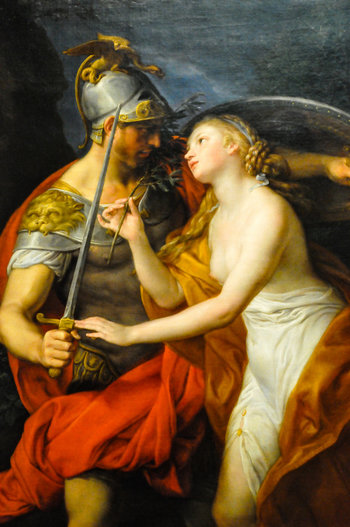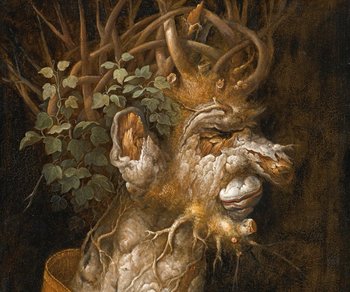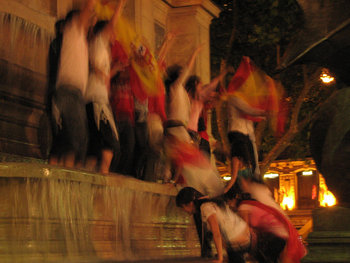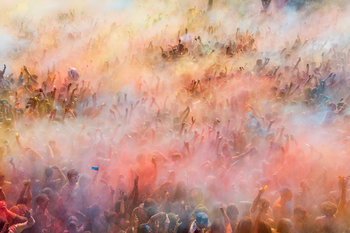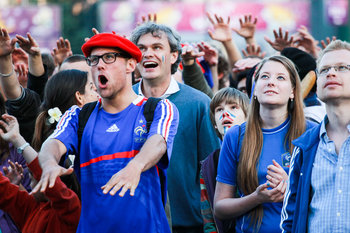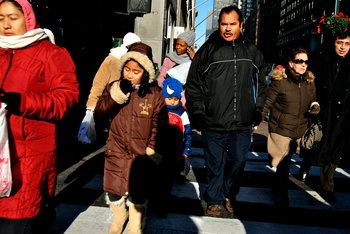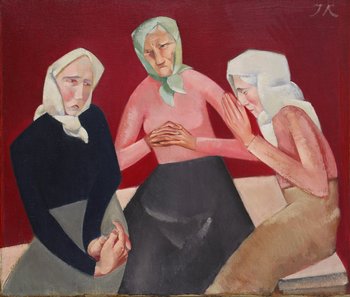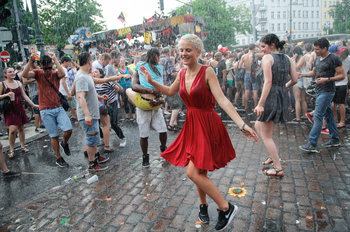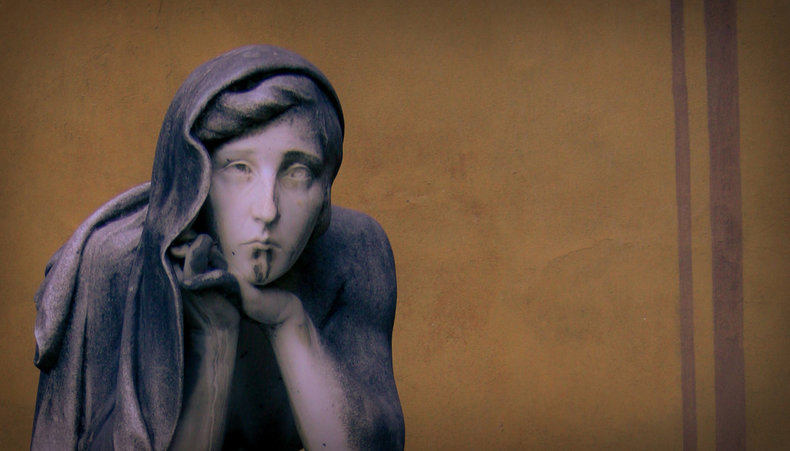
Smell
Smell is known to result in sudden and extremely vivid recollections of the past that almost feel like being there. This is thought to relate to the way that the brain identifies smells by accessing memory.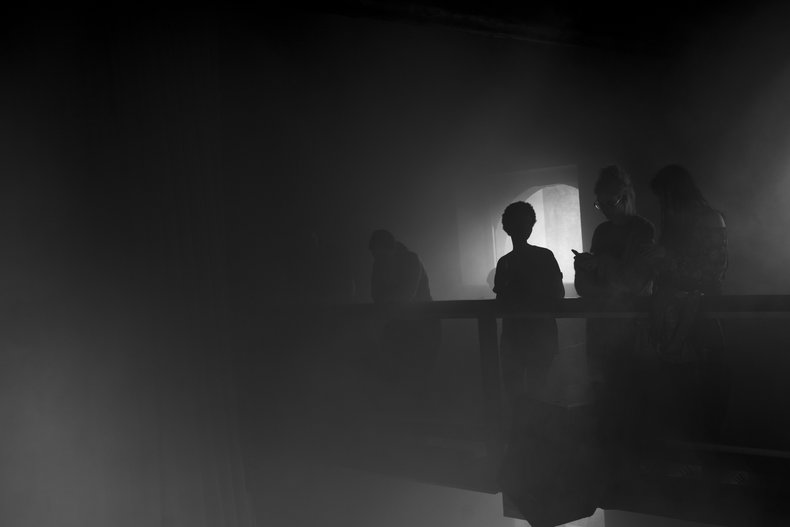
Weather
People report strong feelings of nostalgia related to weather such as a rainy morning that feels exactly like some other rainy morning 20 years ago.
Music
Nostalgia is a common aesthetic for music whereby a melody or lyric is intended to invoke thoughts of the past.Music expresses that which cannot be said and on which it is impossible to be silent.~ Victor Hugo, Hugo's Works: William Shakespeare
Literature & Film
Longing for the past is a common theme of literature and film. For example, The Great Gatsby explores themes of resistance to change and the mistaken belief that it is possible to recapture the past. The protagonist, Gatsby can see a green light across the bay from his home that represents the past and the American dream. He feels that he can reach out and touch it but this is an illusion.Gatsby believed in the green light, the orgastic future that year by year recedes before us. It eluded us then, but that's no matter--tomorrow we will run faster, stretch out our arms farther.... And one fine morning-- So we beat on, boats against the current, borne back ceaselessly into the past.~ F. Scott Fitzgerald, The Great Gatsby
Art
Depictions of nostalgia and melancholy are common in art. In some cases, art may attempt to inspire nostalgia in its viewer with idyllic depictions of the recent past.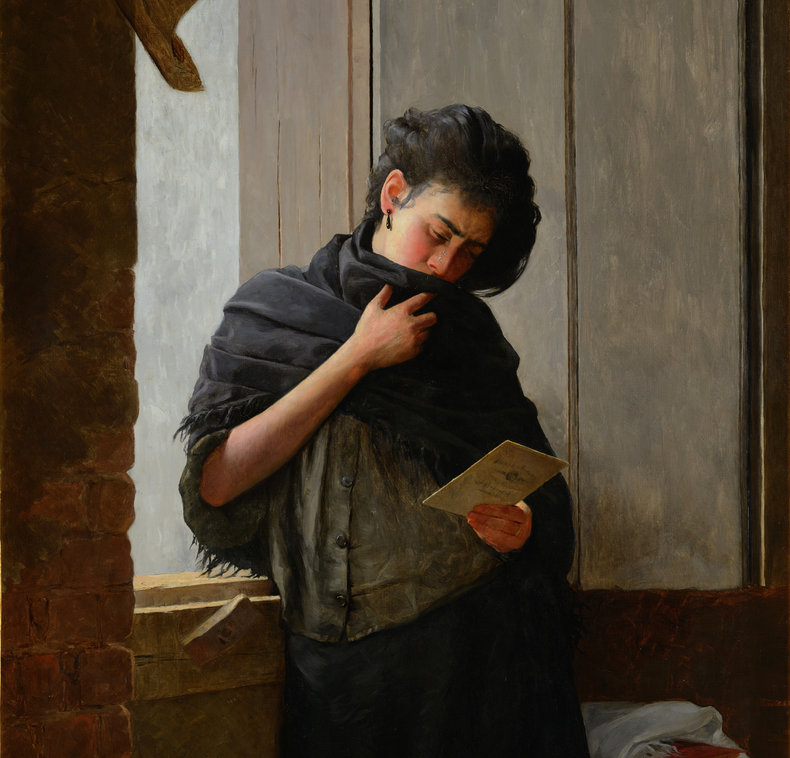
Mono no Aware
Mono no aware is a Japanese concept that can be translated "an empathy for things." For example, the sadness that one might experience at disposing of one's childhood toys. This is associated with Japanese Buddhism, particularly the idea that all things are impermanent and transient. It is common in Japan to build temples and other structures from wood with a limited lifespan and then to rebuild again in a regular cycle. This is seen as an acceptance of the temporary and changing nature of life whereas building a stone structure to last thousands of years would be seen as a rejection of the impermanence of things.
Historical Preservation
Historical preservation is the process of protecting physical manifestations of the past such as old buildings. This is viewed as important to culture and knowledge.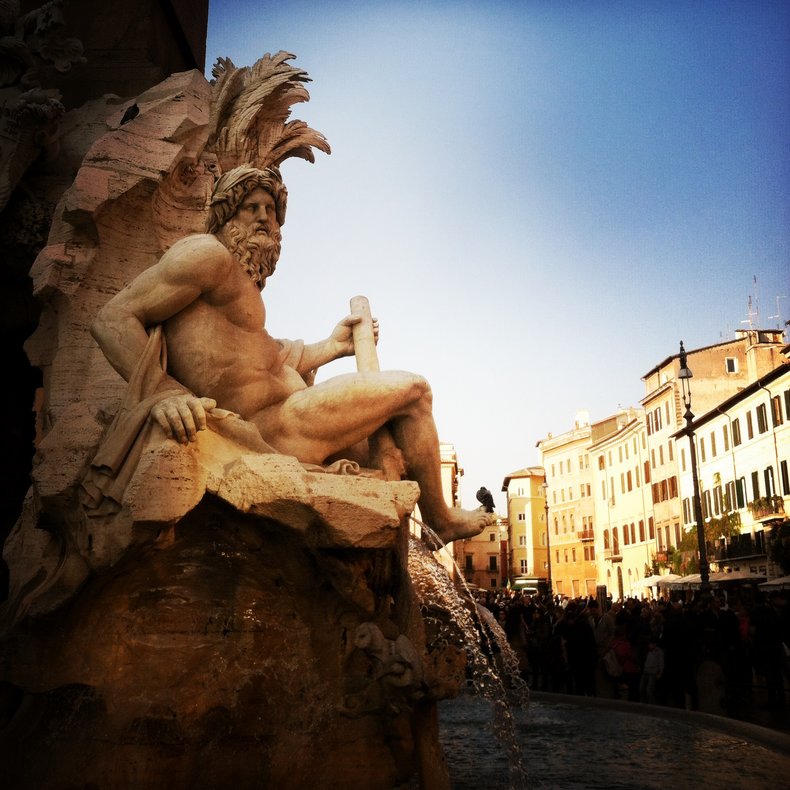
Counterfactual Thinking
Counterfactual thinking is the process of considering how the past could have been different. This can be a waste of time as the past can't be changed. However, it may also be a means to improve future performance. For example, thinking about past failures and what you should have done can help you not to make the same mistakes twice.Of all the words of mice and men, the saddest are, "It might have been.”~ Kurt Vonnegut
Melancholy
The past is isn't coming back. As such, nostalgia is associated with melancholy. This can be an enjoyable level of sadness that adds to the depth of human experience. Alternatively, it can be a torment.Melancholy is the happiness of being sad.~ Victor Hugo
Comfort
Thinking of the past can be a happy experience that provides comfort in difficult times. Nostalgia can improve mood, motivation and optimism. This assumes you are viewing the past with a sense of gratitude.Gratitude looks to the Past and love to the Present; fear, avarice, lust, and ambition look ahead.~ C.S. Lewis, The Screwtape Letters
Rosy Retrospection
Rosy retrospection is a tendency for people to view the past as being more happy that they viewed it at the time. This occurs with the habit of often remembering positive memories and letting negative memories slip away.The past beats inside me like a second heart.~ John Banville, The Sea
Romanticism
Romanticism is an embrace of the romantic over the realistic. This is associated with glorification of the past such as art that depicts history in an unrealistic and idyllic light.
Declinism
Declinism is the belief that things are always getting worse. This can apply to an individuals view of a society, culture or organization. The belief that a society is in decline can be remarkably common even when measurable aspects of a society are improving such as life expectancy, economic conditions and crime rates.What can oppose the decline of the west is not a resurrected culture but the utopia that is silently contained in the image of its decline.~ Theodor W. Adorno
Resistance to Change
Resistance to change is the motivation to preserve the status quo by slowing or stopping change. This is can be caused by a low risk tolerance, rosy retrospection and declinism.Nothing is so painful to the human mind as a great and sudden change.~ Mary Shelley, Frankenstein
Restorative Nostalgia
Restorative nostalgia is a serious attempt to bring elements of the past back. For example, a parent who wants to build a home life for their children that is similar to what they experienced as a child. Restorative nostalgia can be a positive motivation to do something productive. Alternatively, it can be a misguided attempt to do the impossible.Can’t repeat the past?…Why of course you can!~ F. Scott Fitzgerald, The Great Gatsby
Creativity
Creativity is associated with forward thinking and leading the moment. However, everything that has ever existed is in the past such that a fondness for the past is often a basis for creativity. For example, a film director who looks backward for inspiration.Life can only be understood backwards; but it must be lived forwards.~ Søren Kierkegaard
Influencing
Nostalgic themes are often used in influencing. In its strongest form, this can be a promise to bring back elements of the past. For example, Ronald Reagan's 1980 campaign slogan "Let's Make America Great Again."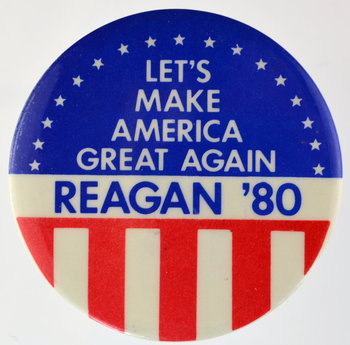
Marketing
It is common for marketing to use nostalgia to promote products. It is also common to design products and services that have nostalgic appeal. For example, a classic toy that reminds parents of their childhood.
Traditional Culture
Traditional culture plays a role in maintaining a connection with the past. For example, a traditional festival, holiday or ritual that was performed much the same way by one's ancestors.
| Overview: Nostalgia | ||
Type | ||
Definition | A fondness or longing for the past. | |
Related Concepts | ||

